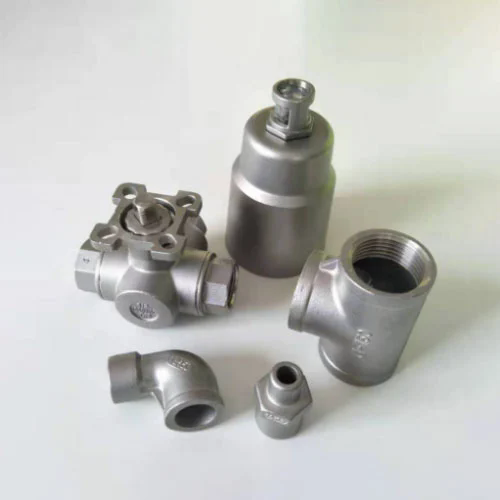Die casting is a manufacturing process that involves injecting molten metal into a mold cavity under high pressure. Once the metal solidifies, the mold opens to release a precisely shaped component. This process is widely used for producing complex, high-precision metal parts with smooth surfaces and excellent dimensional accuracy. Common metals used in die casting include aluminum, zinc, and magnesium.

There are two primary types of die casting processes:
1. Hot Chamber Die Casting – Best suited for metals with low melting points, such as zinc and magnesium. The molten metal is kept in a chamber and injected into the mold using a hydraulic piston.
2. Cold Chamber Die Casting – Used for metals with higher melting points, such as aluminum and copper. The molten metal is ladled into a separate chamber before being injected into the mold.
Die casting offers several benefits compared to other manufacturing processes:
- High Precision and Consistency – Produces complex parts with tight tolerances and minimal variation.
- Smooth Surface Finish – Components require little to no post-processing or machining.
- Efficient Production – Allows for high-speed production with minimal material waste.
- Durability and Strength – Die-cast parts are strong, lightweight, and resistant to wear and corrosion.
- Cost-Effective for Large Volumes – Ideal for mass production due to its fast cycle times and minimal material loss.
Die casting is used in a wide range of industries, including:
- Automotive Industry – Engine blocks, transmission cases, and structural components.
- Electronics – Heat sinks, enclosures, and connectors.
- Aerospace – Lightweight yet strong components for aircraft and spacecraft.
- Consumer Goods – Handles, locks, and decorative metal parts.
- Medical Equipment – Precision metal parts used in diagnostic and surgical devices.
Selecting the appropriate metal depends on the specific application:
- Aluminum – Lightweight, corrosion-resistant, and ideal for automotive and aerospace applications.
- Zinc – Excellent for precision parts with fine details and strong durability.
- Magnesium – The lightest structural metal, offering high strength and easy machining.
- Copper – High thermal and electrical conductivity, often used in electrical components.
To achieve the best results in die casting, consider the following factors:
1. Mold Design – A well-designed mold ensures smooth metal flow and reduces defects.
2. Injection Pressure and Speed – Proper pressure and speed settings prevent porosity and improve part quality.
3. Cooling and Solidification – Controlling cooling rates minimizes internal stress and enhances strength.
4. Surface Finishing Requirements – Different coatings and treatments can improve appearance and durability.
5. Production Volume – High-volume production benefits from die casting’s cost efficiency.
Proper maintenance of die casting molds extends their lifespan and ensures consistent production quality:
- Regular Cleaning – Removes metal buildup and prevents defects.
- Proper Lubrication – Reduces wear and enhances mold performance.
- Temperature Control – Prevents thermal stress that can cause cracks or warping.
- Routine Inspections – Identifies early signs of damage to prevent costly repairs or replacements.
For premium die casting solutions, visit [www.xmcncgm.com]. We offer high-precision, durable, and cost-effective die-cast components for various industries. Explore our products and place your order today!
Copyright © 2024 Xiamen Xiangxing Xin Industry and Trade Co., Ltd. All Rights Reserved. Links Sitemap RSS XML Privacy Policy